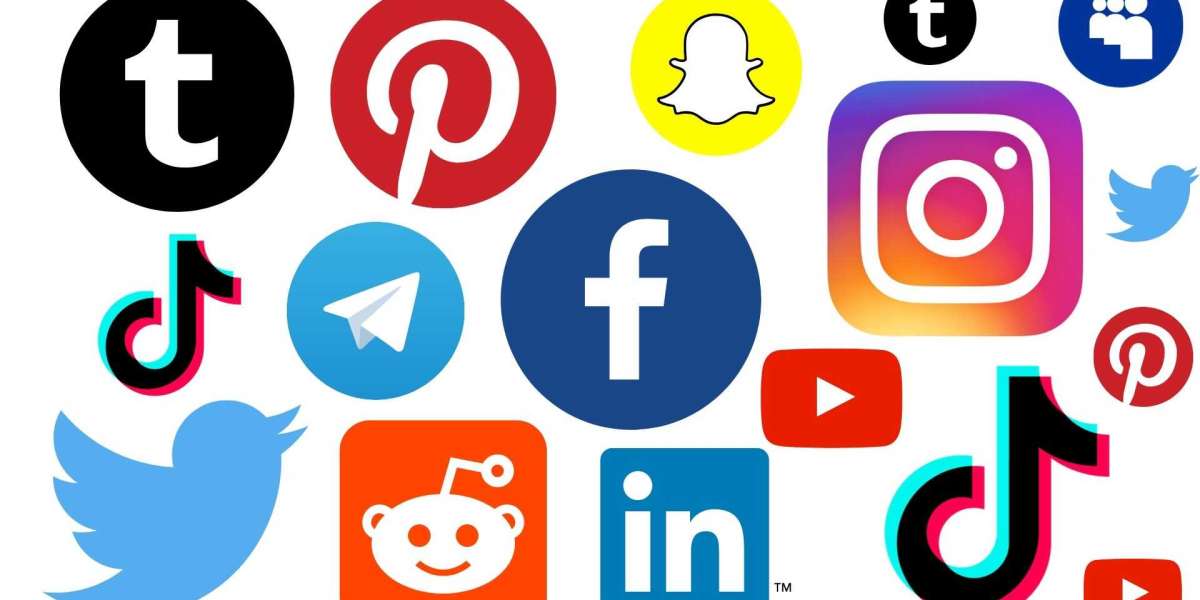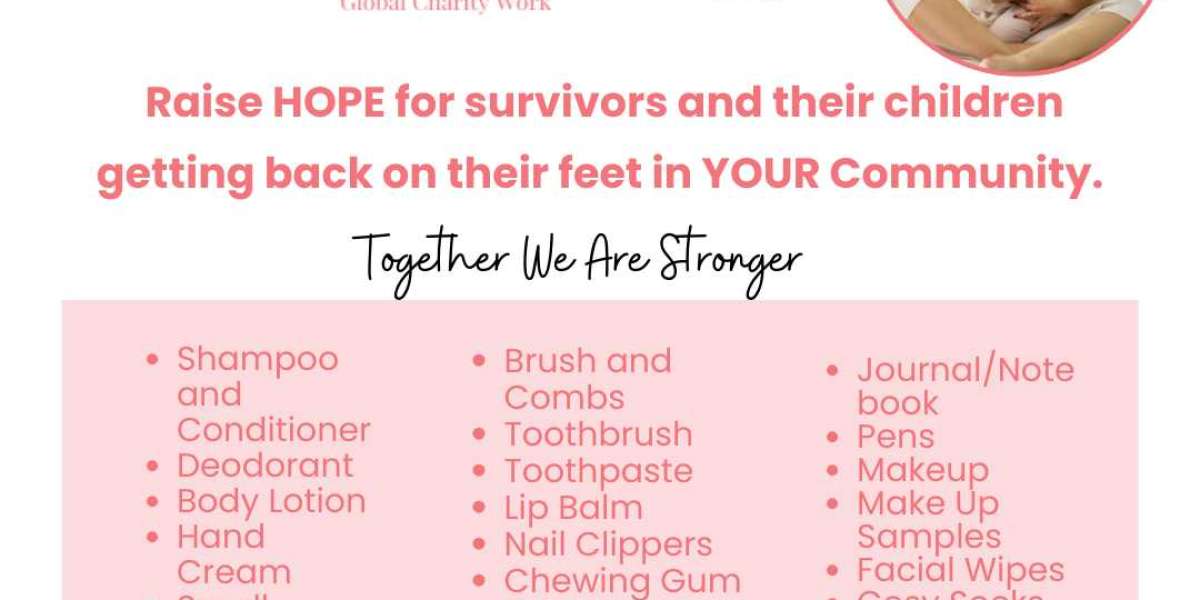The Hidden Barriers of Social Media
Why Businesses Need to Be Proactive
Social media is part of everyday life. We use it on a personal level to connect globally and to be part of communities. Businesses rely heavily on it for marketing, referrals, recommendations and to drive traffic to websites and for sales.
But behind the scroll lie hidden barriers, which limit interactions and engagement, particularly for those living with sight loss like me.
It may not occur to all that the user experience differs greatly for those with sensory impairments. Yet little is done to create an inclusive and seamless space for all.
Here are some examples of how the scroll differs for me.
Inaccessible Interfaces
I use inbuilt device accessibility features to enhance my user experience. However, this can cause lots of issues with layout, navigation, comprehension, engagement and often causes my screen reader to not function.
Image Driven Content
Some platforms are image centred; you cannot post content without images or video. If there is not image description or alt text, I can be left unsure or confused as to the purpose of the post. Alt text isn’t always suggested by platforms, so there is no visual prompt for the creator to remember to include it. I am less likely to engage with content that hasn’t considered accessibility in the form of an image or video description.
App Accessibility Limitations
There is little to no functionality to adjust within apps to enhance the user experience. Being able to adjust text size, colour, control with voice commands or receive tactile feedback. There is also a huge lack of consistency across platforms with features too, and this extends into the desktop versions of the same apps as well.
Time Sensitivity
Using assistive technology takes more time. I cannot skim read/listen to content; I hear all of it, including every single letter, number, and symbol of that link you have added. Stories on social media aren’t accessible with a screen reader, so I tend not to view or engage with them unless the creator is talking camera. I don’t have the time to take endless screenshots, then go to my photo gallery to view them zoomed in and then magnified! Engaging with live video is challenging, and don’t get me started on not being able to access the comments when I go live myself!
Education and Awareness
When the content creator isn’t aware, or chooses not to create accessible content, it makes engaging and connecting even more challenging. Feeling excluded is common, which can lead to isolation and lack of worth. By investing in learning about, and then crucially implementing digital accessibility, content creators will gain a great competitive advantage.
Whilst social media platforms have made efforts to tick the accessibility box, there is so much more they ought to be doing. But don’t wait for them, educate yourself, be proactive and do your bit to create content that doesn’t exclude people. User experiences should be equal for everyone, not determined by disability.
If you would like to start your digital accessibility journey and learn how to create content that doesn’t exclude, get you copy of my guide here.








